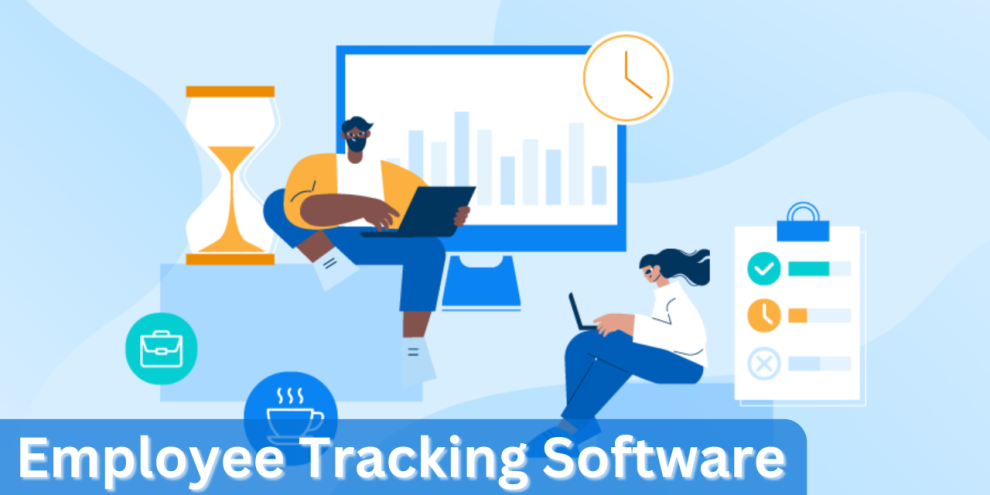Demystifying the Tracker: What is Field Employee Tracking Software?
Field employee tracking software goes beyond traditional time clocks. It utilizes GPS technology and other data collection methods to monitor the location, activity, and even performance of employees working outside a central office. Here’s a breakdown of its core functionalities:
- Real-time Location Tracking: GPS technology allows managers to pinpoint the location of field workers in real-time, facilitating better scheduling, resource allocation, and emergency response.
- Time Tracking and Activity Monitoring: Employees can clock in and out of jobs or shifts through the software, providing accurate timekeeping data. Additionally, some systems can track activity levels and tasks completed, offering insights into productivity.
- Route Optimization: Software may integrate with mapping applications to suggest the most efficient routes for field workers, saving time and fuel.
- Communication and Collaboration: Real-time messaging and chat features can facilitate communication between field workers, managers, and dispatchers, streamlining information sharing and collaboration.
- Data Analytics and Reporting: The software collects a wealth of data, enabling managers to generate reports on employee performance, job completion times, and overall team efficiency.

The Boons: How Does Field Employee Tracking Software Benefit Businesses?
For businesses that rely on a mobile workforce, field employee tracking software offers a plethora of advantages:
- Increased Efficiency: Real-time location tracking and route optimization minimize wasted time and fuel, leading to improved efficiency for both employees and the company.
- Enhanced Productivity: Monitoring activity levels and task completion can identify areas for improvement, allowing for targeted coaching and streamlining of workflows.
- Improved Communication and Collaboration: Seamless communication tools enable faster response times, better coordination between teams, and improved customer service.
- Greater Transparency and Accountability: Knowing their location and activity is tracked can incentivize employees to work more diligently and responsibly.
- Enhanced Safety: Real-time location tracking can facilitate faster emergency response times if an employee encounters a safety hazard while working in the field.
- Data-driven Decision Making: The wealth of data collected can be used to make informed business decisions regarding staffing, scheduling, and resource allocation.
The Other Side of the Coin: Potential Pitfalls of Field Employee Tracking
While field employee tracking software offers significant benefits, there are potential drawbacks to consider:
- Employee Privacy Concerns: Constant monitoring can create a feeling of being micromanaged and erode trust between employees and employers. Clear communication regarding data collection and usage is crucial.
- Potential for Misuse: The data collected can be misused for disciplinary purposes without proper context or employee feedback.
- Work-life Balance Issues: Employees may feel pressure to be available 24/7 if tracking extends beyond working hours.
- High Implementation Costs: The cost of software licenses, hardware upgrades, and data storage can be significant, especially for large businesses.
- Technological Challenges: Reliability issues with GPS or network connectivity can disrupt tracking accuracy and hinder communication.
Finding the Right Balance: Responsible Implementation of Field Employee Tracking Software
To reap the benefits while mitigating the drawbacks, businesses need to implement field employee tracking software responsibly:
- Transparency and Consent: Clearly communicate the purpose of tracking, what data is collected, and how it will be used. Obtain informed consent from employees.
- Focus on Performance Improvement: Use data to identify areas for improvement and provide employee training and coaching, not just for disciplinary purposes.
- Respect Work-life Balance: Set clear boundaries regarding when tracking is active and when employees are off the clock.
- Focus on Safety and Efficiency: Emphasize the benefits of tracking for employee safety and increased efficiency, not just for monitoring individual performance.
- Open Communication and Feedback: Regularly discuss concerns and feedback from employees to ensure the system is used fairly and effectively.
The Future of Field Employee Management: A Collaborative Approach
Field employee tracking software is undoubtedly a powerful tool for businesses. However, its success hinges on a delicate balance between maximizing efficiency and respecting employee privacy. By implementing the technology responsibly, creating a culture of trust, and focusing on collaboration, businesses can leverage its potential to optimize field operations while fostering a productive and engaged workforce. As technology continues to evolve, we can expect even more sophisticated features and functionalities to emerge. The future of field employee management lies in a collaborative approach that prioritizes both operational excellence and employee well-being.
















Add Comment